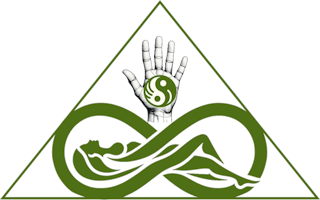Symptoms Associated with Femoral Nerve Conditions
Symptoms Associated with Femoral Nerve Conditions Conditions affecting the femoral nerve—whether due to inflammation, entrapment, or overuse—can produce a variety of symptoms. These typically may include some of the following: Pain: Often localised in the anterior thigh and groin. May radiate along the nerve’s pathway, sometimes extending to the medial aspect of the leg (especially if the saphenous nerve is involved). Sensory Changes: Numbness, tingling, or a burning sensation in the anterior thigh. Altered sensation along the medial leg and possibly the knee. Muscle Weakness: Reduced strength in the quadriceps muscles, which can lead to difficulties with knee extension. Challenges Read More
